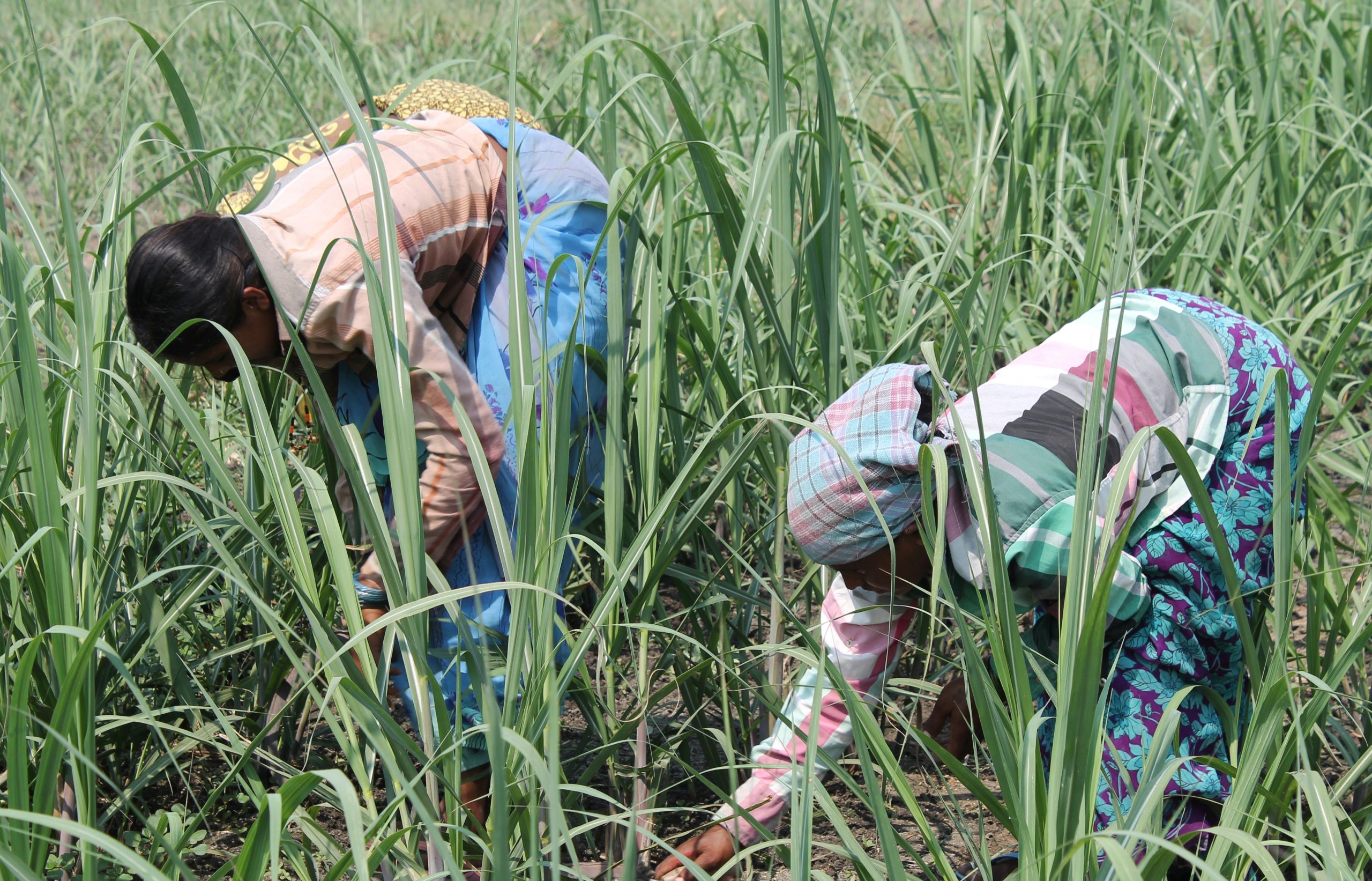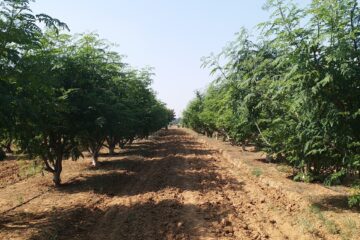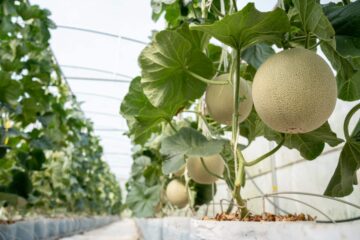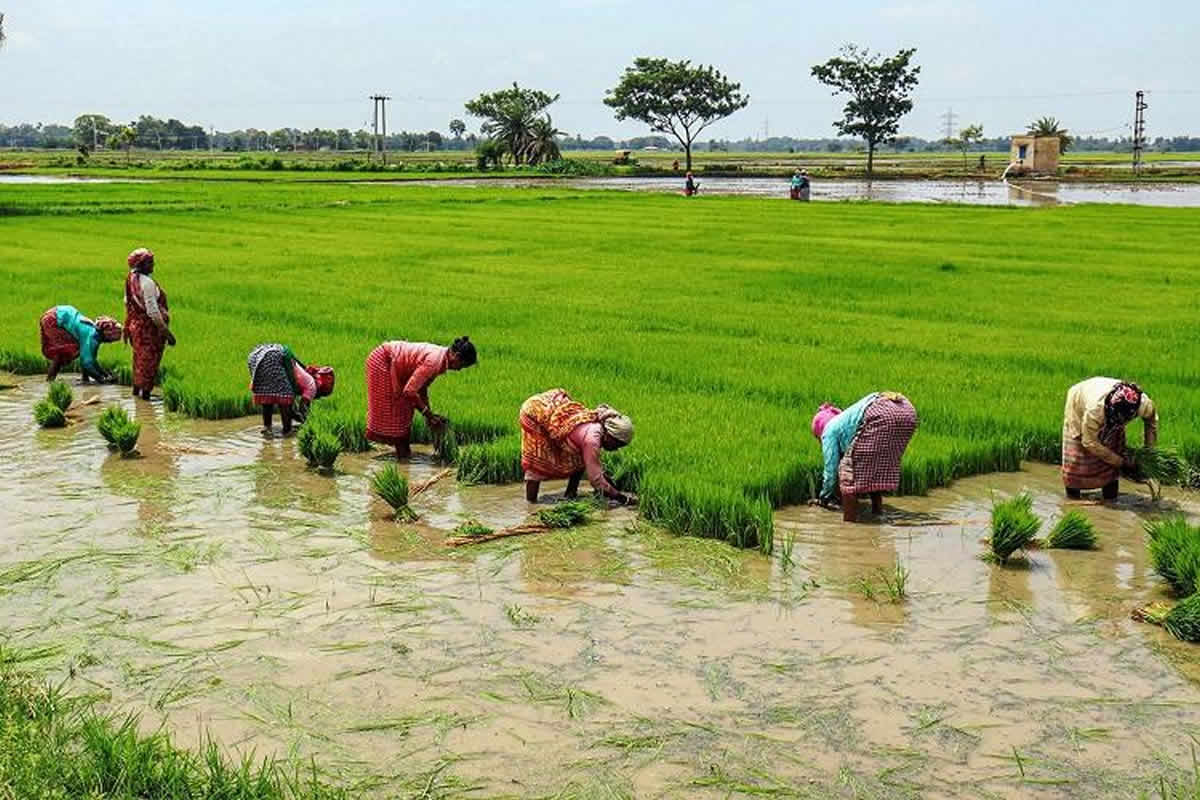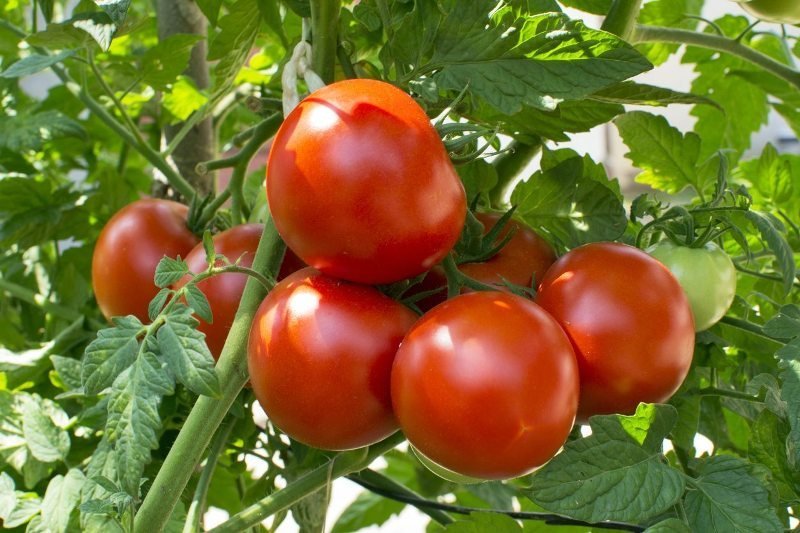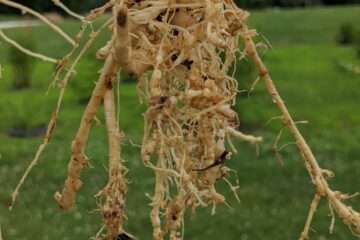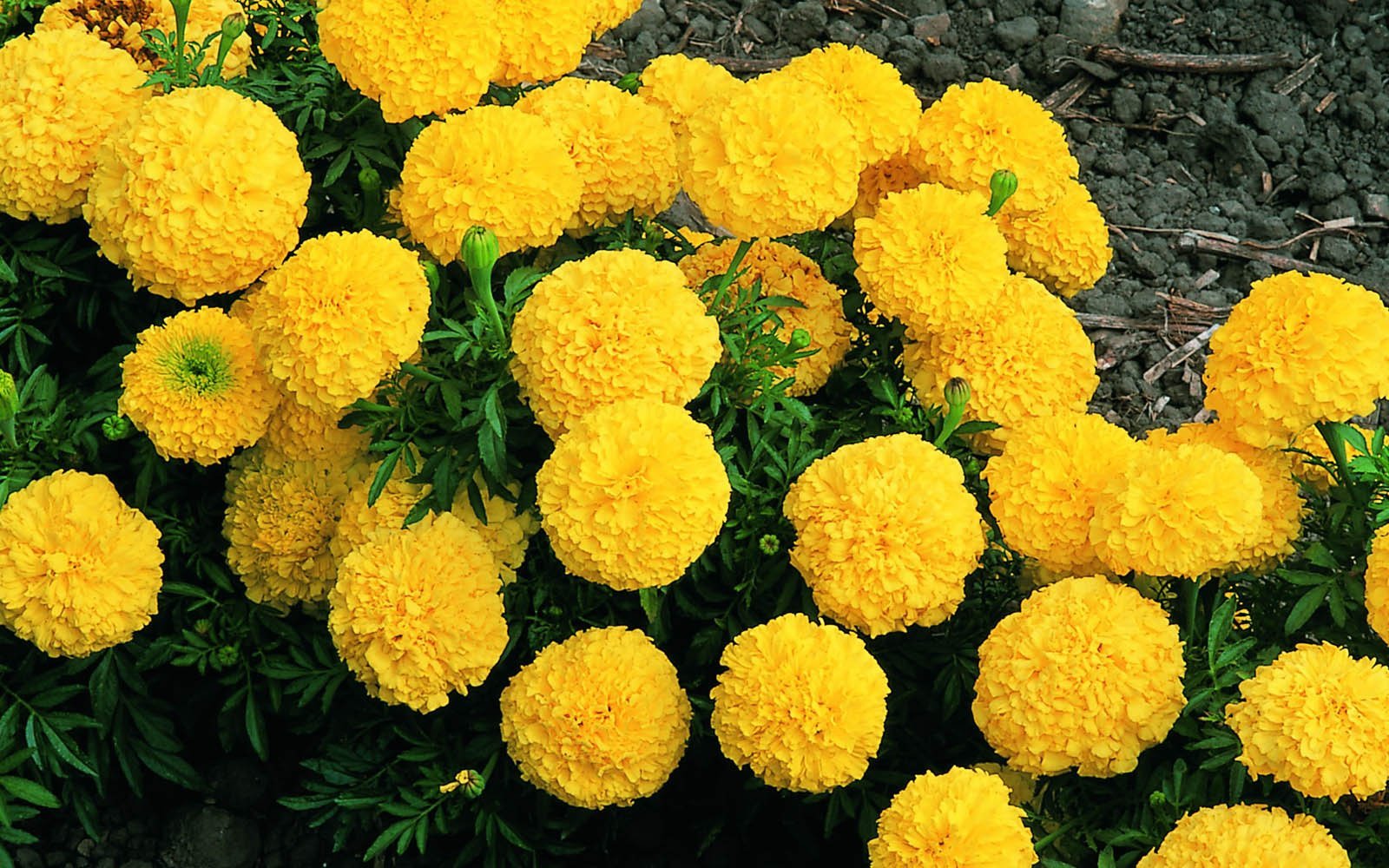The productivity of sugarcane crops largely depends on the selection of appropriate varieties and the adoption of modern farming techniques. A prime example is the CoC 671 variety released by the Cuddalore Sugarcane Research Station in 1975, which significantly boosted Tamil Nadu’s sugarcane and sugar production, benefiting farmers and sugar mills alike.
The development of new sugarcane varieties began at the Sugarcane Breeding Institute in Coimbatore in 1912. As a result, high-yielding varieties have been made available to farmers since 1930. Initially, the Tamil Nadu government managed sugarcane variety production, which is now continued by the research stations in Cuddalore, Coimbatore, and Sirugamani under the Tamil Nadu Agricultural University.
Planting Seasons
Planting sugarcane in the appropriate seasons ensures high yield and increased sugar content. In Tamil Nadu, sugarcane planting seasons are categorized into main and special seasons.
Main Planting Season
From December to May, sugarcane is planted extensively, making this the primary planting season. This period experiences significant temperature variations and is divided into:
- Early Season: December and January
- Mid-Season: February and March
- Late Season: April and May
Varieties for Early Planting Season
Co 11015 (Adhuliya): Developed by the Sugarcane Breeding Institute, Coimbatore in 2019, it is a hybrid of CoC 671 and Co 86011. It is moderately thick and grows tall with high internodes. It withstands drought and red rot disease. It is suitable for harvesting in eight months and can be planted three times in two years, yielding 142.7 tons per hectare with 20.2 tons of sugar. The jaggery produced is of A1 quality with a golden yellow color.
CoG 6: Released by the Sugarcane Breeding Institute, Coimbatore in 2019, it is a hybrid of HR 83-144 and CoH 119. This variety yields 140.6 tons per hectare in plant crops and 136.2 tons per hectare in ratoon crops. It thrives well in saline conditions, producing 131.7 tons per hectare in plant crops and 120.2 tons per hectare in ratoon crops. It is moderately resistant to red rot and completely resistant to early shoot borer and internode borer. It is also suitable for A1 quality jaggery production.
CoC 25: Released by the Cuddalore Sugarcane Research Station in 2017, it is a hybrid of Co 85002 and HR 83-144. It yields 145.7 tons per hectare in plant crops and is also suitable for ratoon crops. It is moderately resistant to red rot, grows quickly, and has thick canes that are easy to peel.
CoC (SC) 24: Released by the Cuddalore Sugarcane Research Station, it is a hybrid of Co 8371 and MS 6847. It can be harvested in 300-330 days, yielding 133 tons per hectare with 17 tons of sugar. It grows straight, making it suitable for mechanized harvesting and is resistant to drought and salinity.
CoS 7: Released by the Sirugamani Sugarcane Research Station in 2010, it is a hybrid of Co 99043 and CoG 93076. It yields 154 tons per hectare in plant crops and 20.5 tons of sugar. It is moderately resistant to red rot and wilt, grows well in saline and waterlogged conditions, and is suitable for jaggery and sugar production.
CoS (SC) 6: Released by the Sirugamani Sugarcane Research Station in 2005, it is a hybrid of Co 8213 and CoA 7602. It yields 148 tons per hectare in plant crops and 18.1 tons of sugar. It is resistant to early shoot borer and drought.
Mid and Late Planting Seasons
Co 86032: Released by the Sugarcane Breeding Institute, Coimbatore, it is a hybrid of Co 62198 and CoC 671. It yields 102 tons per hectare and contains 20% sucrose. It is moderately resistant to red rot and wilt, making it unsuitable for waterlogged areas.
CoC 13339: Released by the Cuddalore Sugarcane Research Station in 2020, it is a hybrid of Co 86032. It yields 141.8 tons per hectare in plant crops and 138.5 tons per hectare in ratoon crops. It is resistant to red rot, yellow leaf disease, and shoot borers.
CoS 8: Released by the Sirugamani Sugarcane Research Station in 2012, it is a hybrid of CoC 90063 and Co 8213. It yields 146 tons per hectare in plant crops and 18 tons of sugar. It is suitable for ratoon crops, resistant to red rot, and grows well in saline and waterlogged areas.
Co 2001-13 (Swabhiman): It is a hybrid of Co 7806, yielding 140 tons per hectare with 18.5% sugar. It grows rapidly and is suitable for ratoon crops.
Co 2001-15 (Mangal): It is a hybrid of Co 88002 and Co 775, yielding 126 tons per hectare with 19.4% sugar. It is resistant to red rot, wilt, and shoot borers.
Co 0212: Released by the Sugarcane Breeding Institute, Coimbatore in 2016, it is a hybrid of Co 7201 and ISH 106. It yields 150.6 tons per hectare with 19.3 tons of sugar.
Co 06030: Released by the Sugarcane Breeding Institute, Coimbatore in 2013, it is suitable for coastal areas. It yields 103 tons per hectare with 11.2 tons of sugar. It is resistant to red rot.
Conclusion
Choosing the right variety of sugarcane according to the season and soil type can significantly enhance yield and profitability. The varieties mentioned here are designed to withstand various environmental stresses and diseases, ensuring high productivity and quality. By following these guidelines, farmers can achieve greater success in their sugarcane farming endeavors.
Dr. M. Shanmuganathan, Dr. V. Ravichandran, Dr. S. Babu, Sugarcane Research Station, Cuddalore – 607001.

